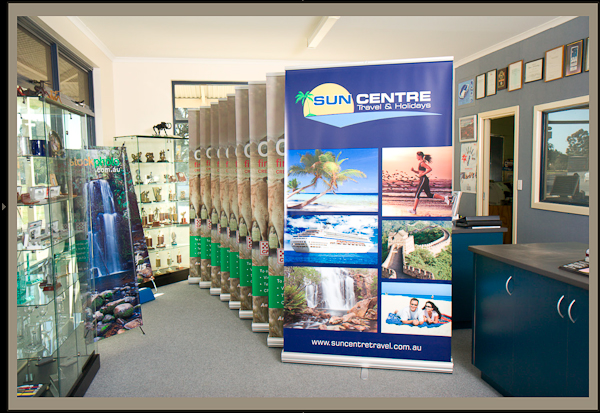Great tips on composition by Steve McCurry.
photography
Flood crises
I have been very busy and are somewhat behind on my blog posts, my apologies.
Swan Hill is in a grip of a flood crises, above is a slide show of some photographs of the floods, hold your mouse pointer over the image for the caption.
Please contact me for any commercial use of these photos, high resolution versions available at stockphoto.com.au, all monies will be donated to flood relief.
Photo (s) of the month August
Running late again, as they say the older you get the faster time passes, I have found this to be true. These couple of of photos from a series were for a client of mine that wanted to sell his Dodge Dakota R/T. I tried to capture some of that 250 horsepower aura that is a part of this classic American pick up. These photos were processed with Photomatix and a little extra processing in Lightroom 3. I have had Photomatix for some time and found that the images it produces look a bit overdone. But with images of vehicles it gives a great effect. Most of the photos of this vehicle were taken just before a storm on a school oval. The sky was dramatic, the green grass and lack of objects near the vehicle produced favorable reflections on the glossy black body. In one of the images I had to remove a reflect of a small ladder that I used to get a couple of high view shots, it was about 10 meters away, I was astounded at just how well it was reproduced on the tailgate of the Dakota. If you have to photograph vehicles keep an eye out for unwanted reflections. I also use a polarizer on almost all the images in this series. The polarizer helps control the reflections in the paintwork and windows. You can view more images at Vehicle Phtography click the icon at the lower right hand corner to view full screen.
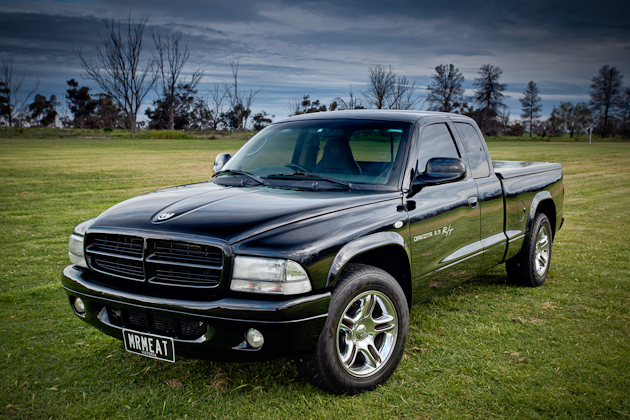
Meat Photography
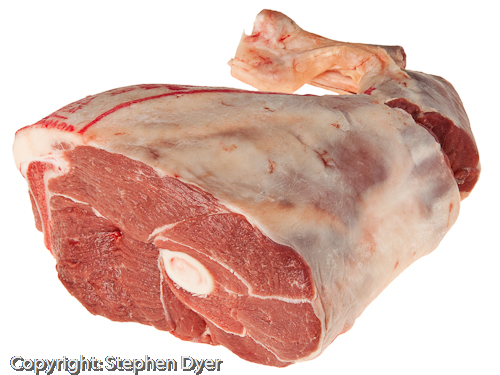
Had an unusual job a couple of weeks back, I was asked to photograph various meat cuts from a side of lamb. I have done a lot of product photography including food that has been cooked but not uncooked meat. First of all everything was kept cool with an esky and frozen cool packs, this kept the meat looking nice and fresh. I then had to make sure that the surface of the meat was clean as a lot of the cuts were cut with a meat saw and there were fragments of bone all over the surface of the various cuts. The best solution was a tooth brush, I just brushed the surface and the bone fragments were gone. The other problem was blood on the surface of various cuts, this was soaked up with paper towel. Once the cuts were cleaned up the problem was how to light them. I found out that meat is somewhat translucent so out with my opal acrylic so I could light the meat from below, I metered the light and after adding a couple of sheets of white poly to further diffuse the light I had a nice white background with a little light making it through the thinner cuts. I then added a couple of soft boxes and all was good. All in all I was very happy with the results and so was my client.
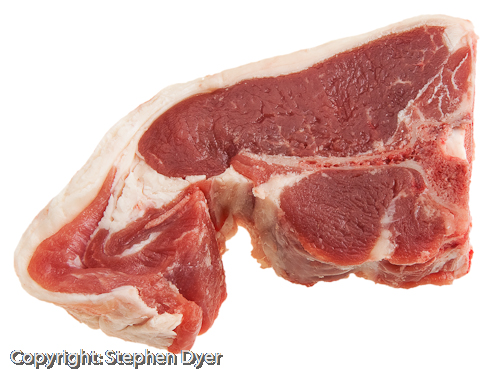
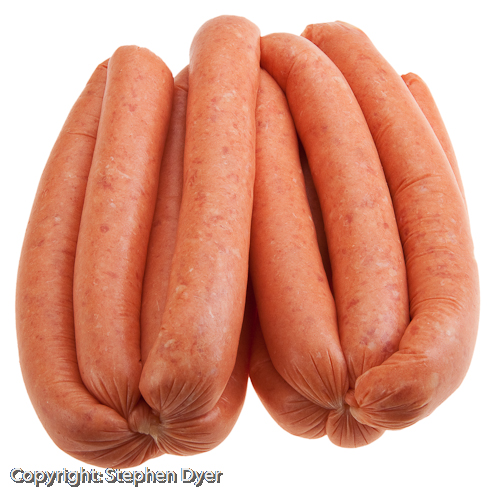
large format printing
I have had a number of customers ask me if such and such a photo is suitable to print at say 6 meters x 4 meters. Well it all comes down to viewing distance, large billboard prints are almost always viewed from a distance, so are often printed using only a 12 dpi image. We don’t print many large billboards but do print a lot of roll up banners. The banners are mainly 845mm x 2000mm and we often use cropped images. We normally like to print with a 100 dpi image as the banners are often viewed quite closely. The actual print resolution that we print at is 720 x 1440. It takes a lot of printed dots to make up a single coloured pixel. I have found that a 6 megapixel image from a digital SLR scales up very well and the print looks great even with your nose almost touching the surface of the banner. We normally use PhotoZoom Professional for resizing our photographs. Adobe Photoshop also does a great job if you do it in say 5 to 10% increments. Most of our stockphotos are now taken with either a Canon 50D or 5D Mk II so we can even crop tighter if necessary. I have found that many point and shoot images do not scale up very well, SLR’s with their larger sensors do give a considerably cleaner image that is more suitable for up scaling. The conclusion is that most images from modern SLR’s can be scaled up for almost any use depending on viewing distance. Once having said all that a 20 megapixel image scaled up to billboard size will look somewhat cleaner than a 6 megapixel image.
